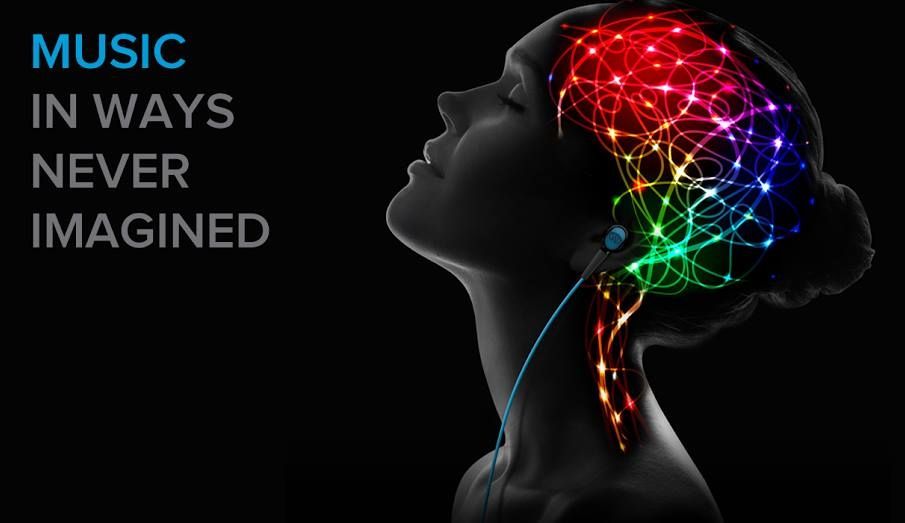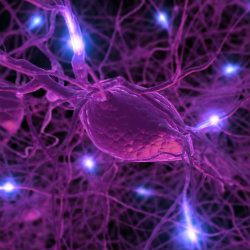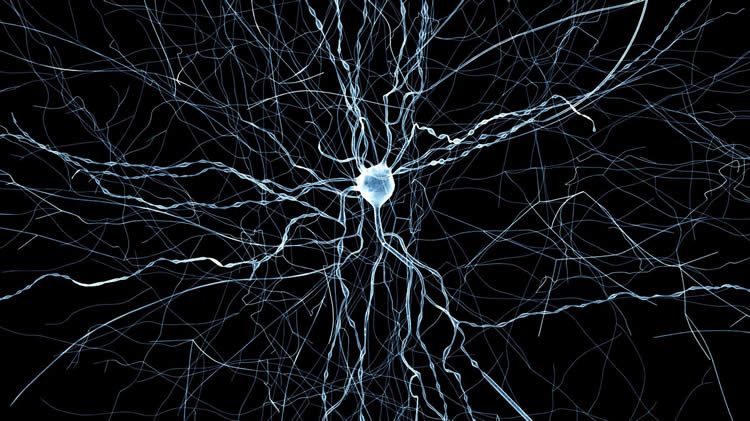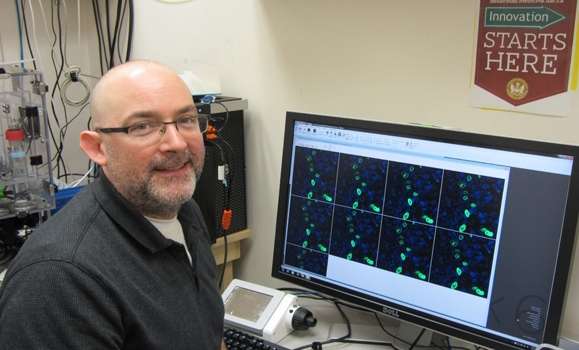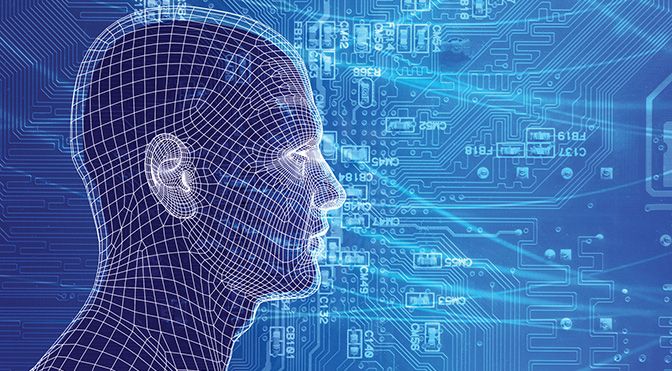Archive for the ‘neuroscience’ category: Page 416
Mar 5, 2016
‘Wi-Fi’ Nanoparticles Send Signals from Inside the Brain
Posted by Klaus Baldauf in categories: internet, neuroscience
The nanoparticles could generate measurable magnetic fields in response to the brain’s electrical fields and then be used to send wireless messages.
Mar 4, 2016
Watch Monkeys Drive Wheelchairs With Just Their Thoughts
Posted by Karen Hurst in categories: computing, neuroscience, Ray Kurzweil, singularity

At this rate, we may see Ray Kurzweil’s vision of connected humans to the cloud and full singularity before 30 years.
Duke University scientists have given a pair of monkeys the ability to drive a wheelchair with their thoughts alone. The work is described in a paper recently published in the journal Scientific Reports and adds to a growing body of work in brain-machine interfaces aiming to return some freedom to the severely disabled.
Continue reading “Watch Monkeys Drive Wheelchairs With Just Their Thoughts” »
Mar 4, 2016
Virtual Neurons Created by Blue Brain and the Allen Institute
Posted by Shailesh Prasad in categories: computing, neuroscience
The Allen Institute for Brain Science is releasing new, highly realistic computer models of neurons. The models were developed using tools and expertise from the Blue Brain Project.
The Allen Institute for Brain Science and the Blue Brain Project are deepening their collaboration. Today, the US-based Allen Institute is releasing a set of 40 computer models of neurons from the mouse visual cortex, created using tools developed by the Swiss-based Blue Brain Project at EPFL. Using Blue Brain technology, the researchers were able to reproduce the physiology and electrical activity of the neurons with an extremely high level of detail.
The Blue Brain Project is the simulation core of the Human Brain Project, a huge pan-European initiative. The scientific journal Cell recently published a long paper demonstrating the effectiveness of the Blue Brain Project’s modeling tools, focusing on the high accuracy and predictive power of the models and the discoveries they have already led to, including insight into the unexpected role of calcium. At the same time, the team has made these resources available to researchers around the world on a web-based platform.
Continue reading “Virtual Neurons Created by Blue Brain and the Allen Institute” »
Mar 4, 2016
Researcher develops technique for enhancing gene therapy
Posted by Shailesh Prasad in categories: biotech/medical, genetics, neuroscience
Using his knowledge of how genes are organized and repaired in human cells, Dr. Graham Dellaire, Dalhousie Medical School’s Cameron Research Scientist in Cancer Biology, has developed a technique that could make gene therapy more effective and safer to use. His work was recently published in Nucleic Acids Research and Nature.
CRISPR, named 2015’s breakthrough discovery of the year, stands for “Clustered Regularly-Interspaced Short Palindromic Repeats.” It can accurately target and edit DNA, offering the potential to cure genetic diseases and find new treatments for cancer.
To apply CRISPR in non-dividing cells—such as those in muscle and brain tissue—researchers must first make them behave like cells that divide. They do this by turning on a cellular process called homologous recombination, which protects DNA; the recombination allows a cell’s genes to be manipulated and rearranged without the possibility of causing more harm than good.
Continue reading “Researcher develops technique for enhancing gene therapy” »
Mar 4, 2016
New method to classify interneurons could lead to better understanding of motor control
Posted by Karen Hurst in category: neuroscience
The first step to understanding how any system works is to identify its parts.
In a pair of papers published Thursday in Cell, researchers from the Mortimer B. Zuckerman Mind Brain and Behavior Institute announced that they identified 50 different types of inhibitory interneurons—neurons that play an important role in regulating movement—in mice spines. This is the first comprehensive classification of spinal inhibitory interneurons.
The researchers also found that types of interneurons cluster and form connections with motor neuron pools, which are groups of motor neurons tied to the movement of a single muscle. This discovery suggests that different interneuron types have distinct purposes related to movement, which could help researchers better understand motor control in the nervous system.
Mar 3, 2016
3D-Printed Brain Tissue a Success
Posted by Shailesh Prasad in categories: 3D printing, biotech/medical, neuroscience
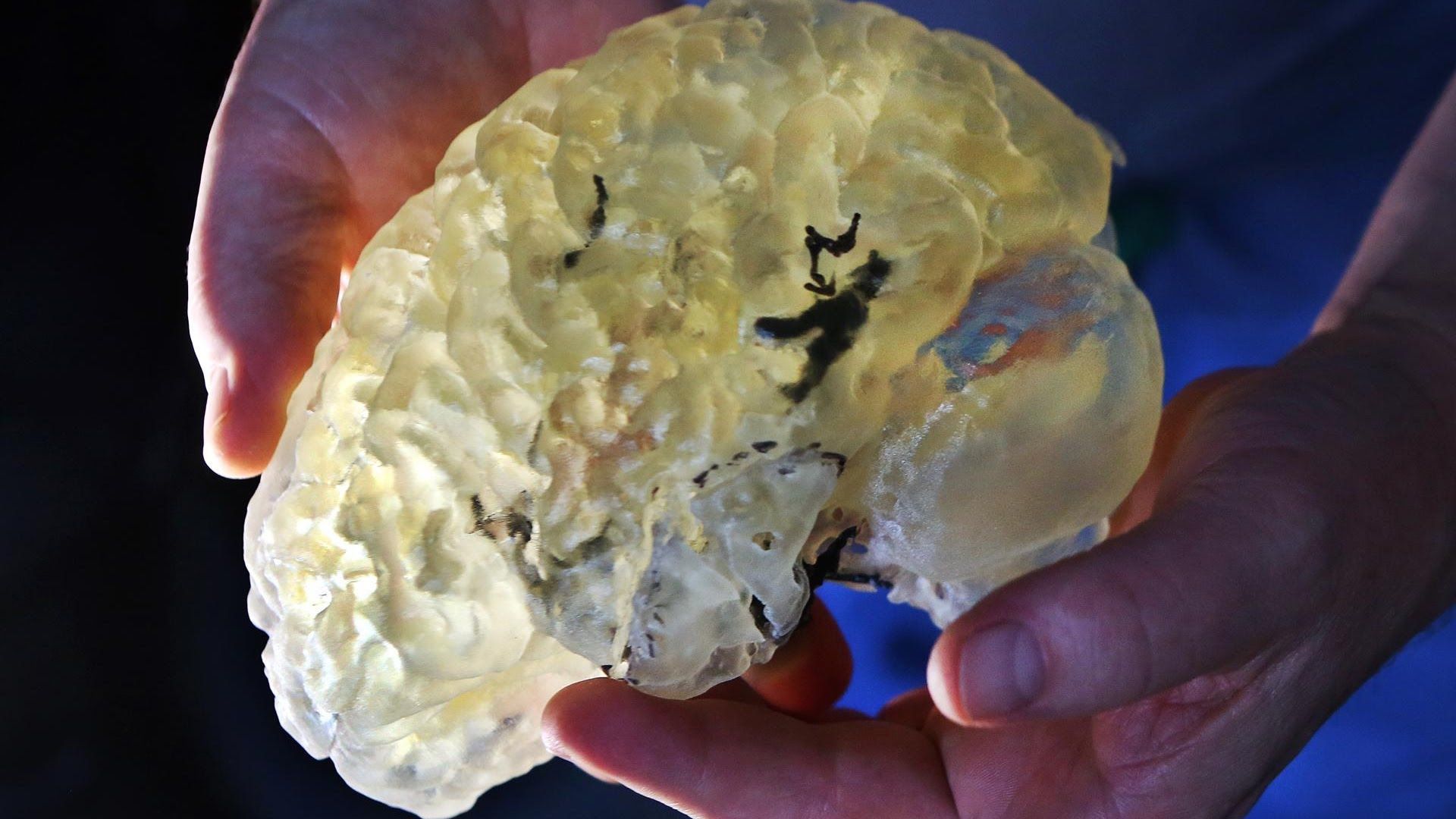
A 3D-printed layered structure that incorporates neural cells to mimic the structure of brain tissue has been created by researchers at the ARC Centre of Excellence for Electromaterials Science (ACES) in Australia, and it could have major consequences in studying and treating conditions such as schizophrenia and Alzheimer’s. The three-dimensional structure will allow scientists to better understand the complex nature of the brain and its 86 billion nerve cells. We look at the benefits and risks of this scientific breakthrough on the Lip News with Jose Marcelino Ortiz and Jo Ankier.
http://motherboard.vice.com/read/researchers-are-getting-clo…ing-brains
Mar 3, 2016
Is Consciousness the Unified Field? A Field Theorist’s Perspective — John Hagelin, SAND11
Posted by Shailesh Prasad in categories: cosmology, neuroscience, physics
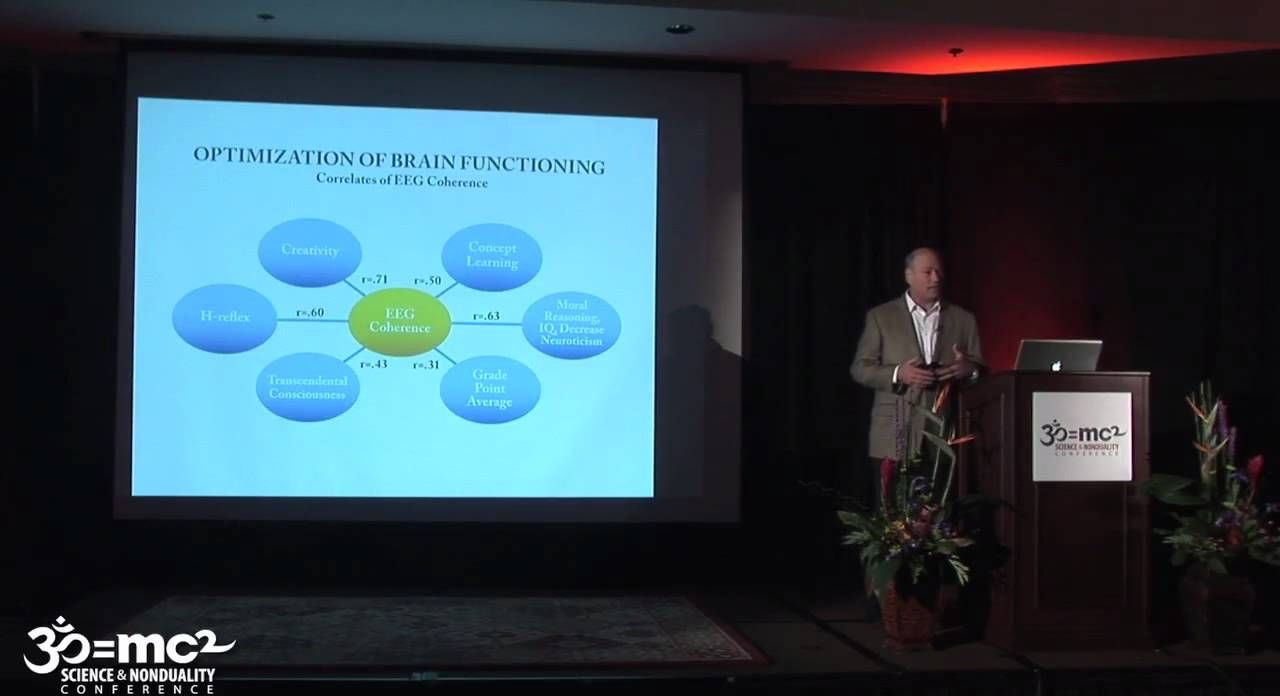
http://www.scienceandnonduality.com
John Hagelin, Director of the Institute of Science, Technology and Public Policy Director of the Board of Advisors for the David Lynch Foundation.
Mar 2, 2016
Electromagnetic theories of consciousness
Posted by Shailesh Prasad in category: neuroscience
The electromagnetic theories of consciousness propose that consciousness can be understood as an electromagnetic phenomenon.
Mar 2, 2016
Human consciousness is simply a state of matter, like a solid or liquid – but quantum
Posted by Shailesh Prasad in categories: neuroscience, quantum physics
Thanks to the work of a small group neuroscientists and theoretical physicists over the last few years, we may finally have found a way of analyzing the mysterious, metaphysical realm of consciousness in a scientific manner. The latest breakthrough in this new field, published by Max Tegmark of MIT, postulates that consciousness is actually a state of matter. “Just as there are many types of liquids, there are many types of consciousness,” he says. With this new model, Tegmark says that consciousness can be described in terms of quantum mechanics and information theory, allowing us to scientifically tackle murky topics such as self awareness, and why we perceive the world in classical three-dimensional terms, rather than the infinite number of objective realities offered up by the many-worlds interpretation of quantum mechanics.
Consciousness has always been a tricky topic to broach scientifically. After all, science deals specifically with effects that can be observed and described mathematically, and consciousness has heretofore successfully evaded all such efforts. In most serious scientific circles, merely mentioning consciousness might result in the rescinding of your credentials and immediate exile to the land of quacks and occultists. (Read: How to create a mind, or die trying.)
